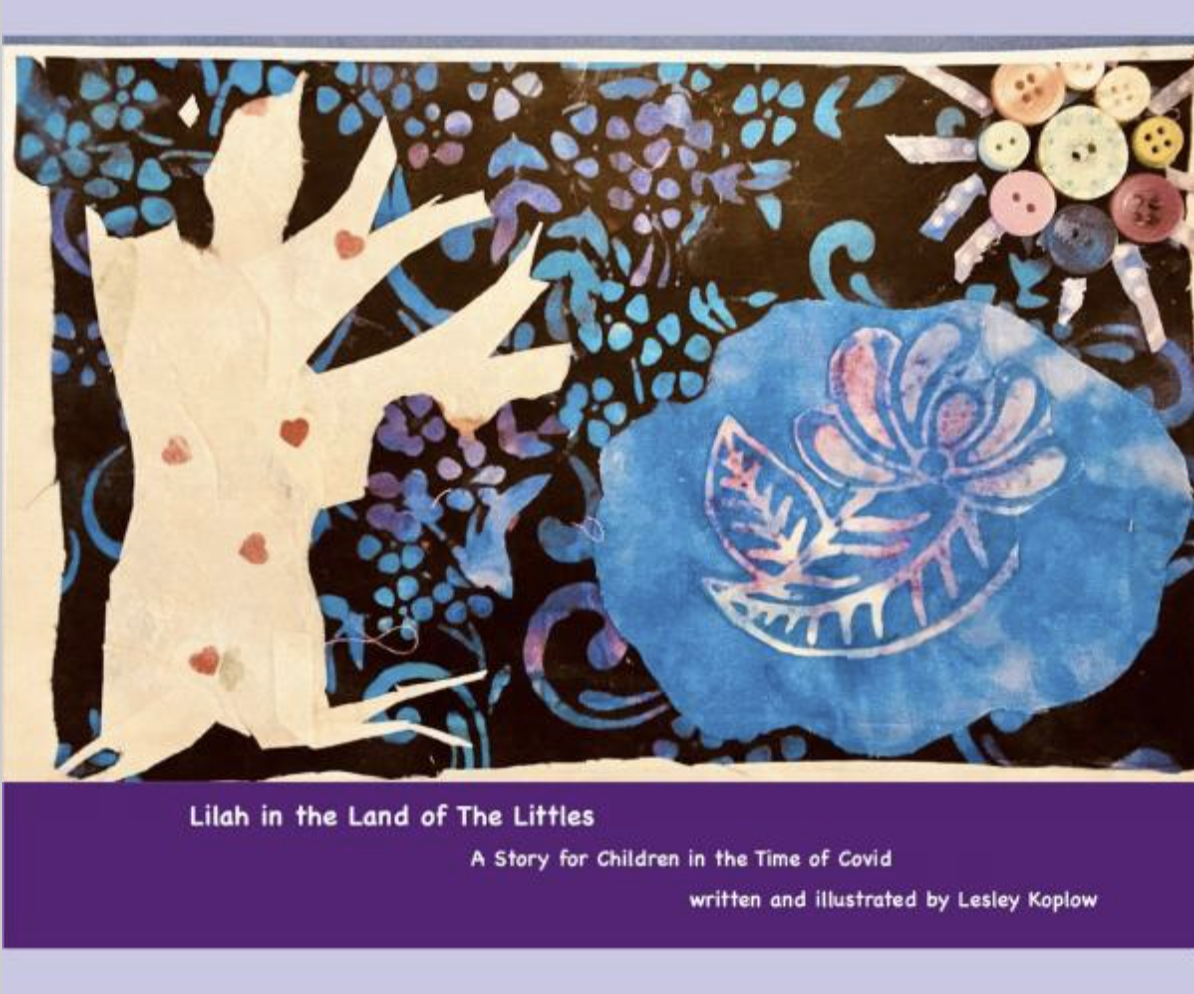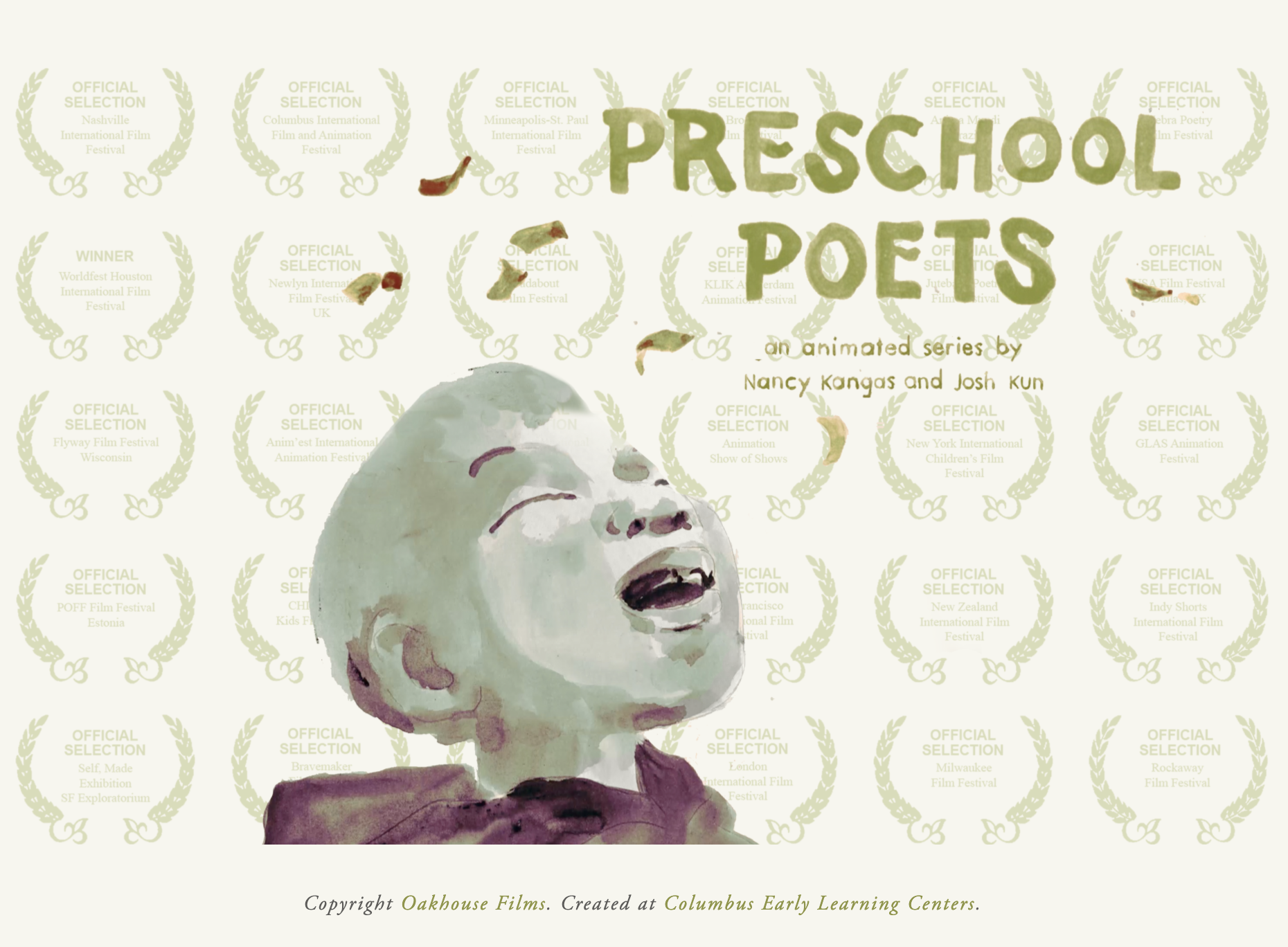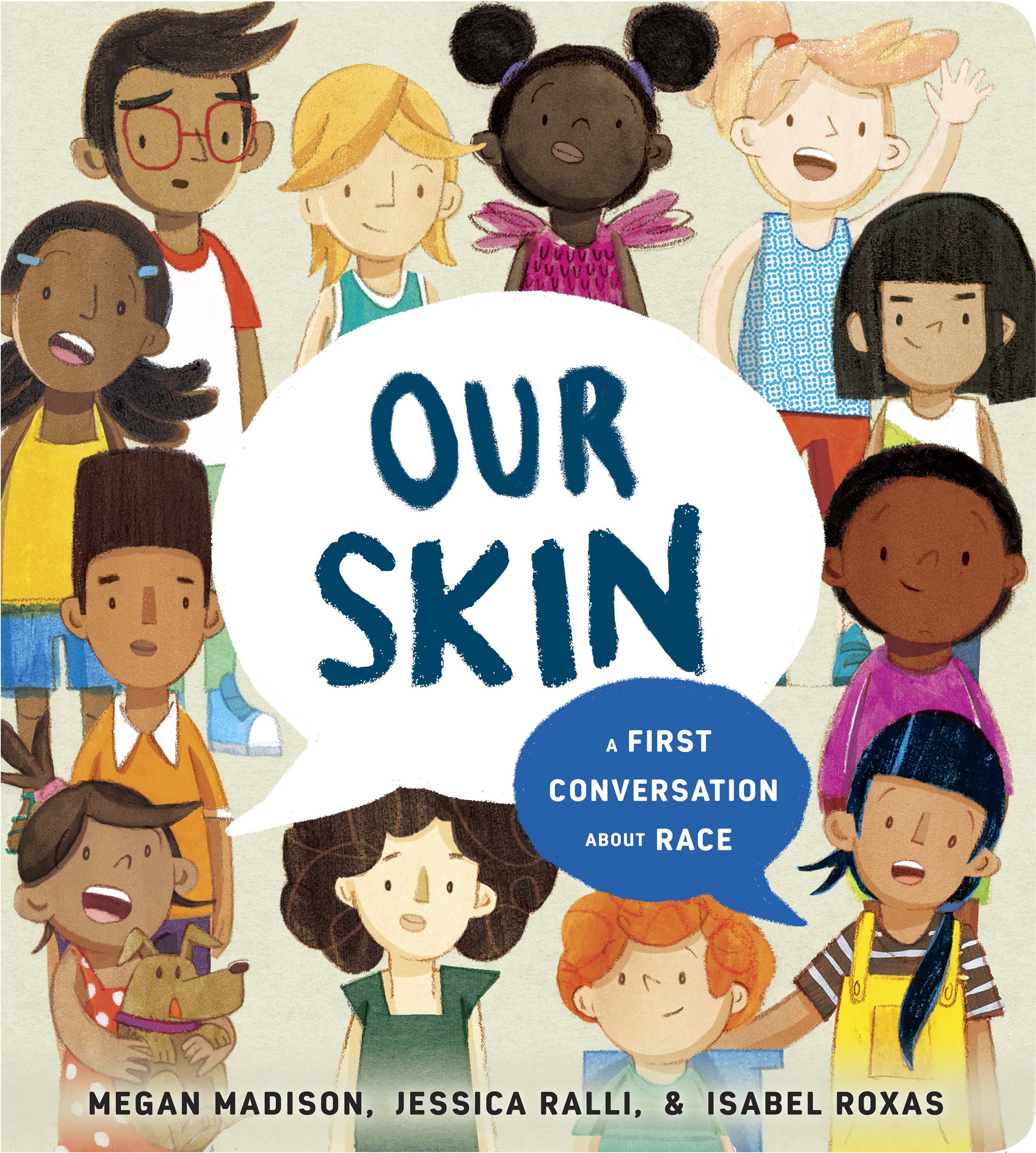“Miss Ashley, Miss Ashley, give me numbers!” This is the request that started my path of awareness and curiosity about the possibilities of the mathematical minds of preschool aged children. Through sitting and talking with my students in the morning during breakfast, during center time, and during morning meeting, I discovered quite by accident, that this student, who was only three years old at the time, was able to add two two-digit numbers in his head and come up with the correct sum. The first thing he would ask when he got to school was for me to “give him numbers” to add. When we discussed numbers or counting during the morning meeting, he could barely contain his excitement. When I posed problems to the class like, “We have 15 friends and 3 are absent today so how many friends do we have in school?” his classmates would turn to look in his direction in anticipation of his lightning-fast response. Numbers excited him in a way that I had not realized was possible for a child that age. This experience with this student fundamentally changed the way I thought about the mathematical minds of young children.
That was 9 years ago, and since then I have been fortunate enough to devote my professional life to three things I love: researching the teaching and learning of mathematics in elementary and early childhood; working as an early childhood/preschool teacher; and teaching future elementary and early childhood teachers about the possibilities and potential of mathematics in the minds of young children. As I learned, read, and researched, I came to view an investment in the mathematical minds of young children as an extremely important equity issue. Science, Technology, Engineering, and Mathematics (STEM) literacy is a critical asset in today’s world. However, many students including girls, Black, Latinx, Native American and students with disabilities experience marginalization in STEM and within STEM fields, and many children receive less than optimal exposure to mathematical thinking and problem solving during their early childhood years. My teaching and research have taught me that young children enjoy thinking mathematically and challenging their minds with the complexities of mathematics. Here are some of my tips for being open to the joys of early childhood mathematics education.
- Mathematics is all around us, it is everywhere. When we limit our idea of mathematics to computing complex problems, we miss out on opportunities to talk to young children about the mathematics that exists all around us. Instead of thinking about math as a subject that only exists formally in classrooms, think about mathematics as one big puzzle whose pieces are all around us every day. Mathematics is in the number of blocks a child walks to school, or the number of subway stops it takes them to get from their apartment to their best friend’s apartment. Mathematics is in the shape of a meeting time rug, the number of friends present in school that day, and the reason why a Magna-Tile tower collapses if the base isn’t wide enough. Challenge yourself to think like a preschooler and see how much more math you notice in the world. The photo above is one I took during an ordinary snack time, where one of my four-year old students explained that there were two groups of five Kix and that 5 + 5 =10.
- Be open to having mathematical conversations, even if they are not perfect. Through my teaching, I have learned that it is a fear of saying the wrong thing that stops many adults from engaging children in mathematical conversations. We doubt our own mathematical minds, and we shy away from discussing the difference between a circle and a sphere for instance. It is important to remember that negative mathematical experiences with adults are one of the primary causes of math anxiety in young children. When we are open and willing to share our mathematical thoughts with children as best as we can, they learn that mathematics is something socially valued, that people can talk about and figure out together. Mathematical thinking is fostered by social interaction. Children love to notice and wonder about the world around them, and mathematics is no different. Having conversations with children about shapes, time, distance, and concepts like more than and less than help children develop a positive disposition towards mathematics which is one of the core goals of early mathematics education.
- Remember that we are ALL Math People. Often, we think about mathematical ability in very fixed terms, either you’re a math person, or you’re not. The reality is that the opposite is true, we are ALL math people (yes, even you). Being a math person and a lifelong mathematics learner means we never lose our own ability to learn more about mathematics and mathematical thinking. The Development and Research in Mathematics Education (DREME) Project at Stanford University has great resources for early childhood educators that I like to explore and use with my college students. There are also great video resources that can be helpful in understanding the ways in which young children think about counting, spatial relations, measurement and addition. The more we feel we know and understand about mathematics, the more open we will be to the mathematical thoughts of young children.
- There is JOY in mathematics. When I think back to all the conversations I have had with young children about mathematics, joy is the thread that runs throughout these interactions. Four-year-olds feel accomplished when they are able to count to 100 for the first time or think about something complex like the difference between a square and a rhombus. That moment of connection, when all the pieces fall into place and a child suddenly sees what they hadn’t before, that moment of joy is what has kept me curious about this work for the past ten years. I often ask myself how our society would change if we taught more young children to see mathematics as an endless, fun-filled puzzle, instead of something scary and difficult?
The primary goals of early childhood mathematics education are to help children develop a positive disposition to learning and using mathematics, to understand and appreciate the process of mathematics, and to engage in the process of mathematical inquiry. Keeping our hearts and minds open to the joys of mathematics allows us to notice small moments where we can accomplish these goals in our classrooms every day. Keeping our hearts and minds open to the joys of mathematics also allows us to imagine and create more equitable mathematical futures for more children and holds the possibility of shifting society’s understanding of the mathematical minds of young children.
Ashley Davis is a Doctoral Candidate in Educational Psychology at the CUNY Graduate Center and an adjunct instructor at Queens College and Brooklyn College where she teaches undergraduate and graduate courses in mathematics, science, and STEM education. She is an Early Career Scholar for the New York City Early Childhood Research Network. Her current work examines mathematics identity and socialization in pre-service elementary and early childhood teachers.




I’m so glad you found the DREME resources valuable!
Thanks so much for sharing!
I really appreciate this article. It brings me back to a conversation I was having with my teachers about early math literacy and how it takes place with block building, weights and measurements. Math is taking place when children are playing in that area. Children are discovering science and math even during meal times. Even informally. I like teachers to be aware of when this is taking place to note it for authentic assessment and align it with math objectives in Teaching Strategies Gold. I looked at the DREME resources and sent the article to my education staff so we are able to reflect on early math practices at my center.